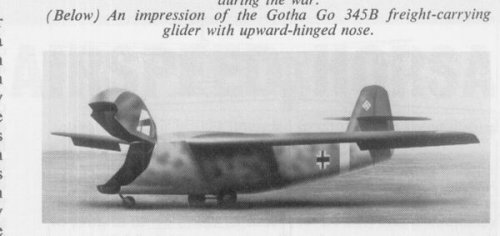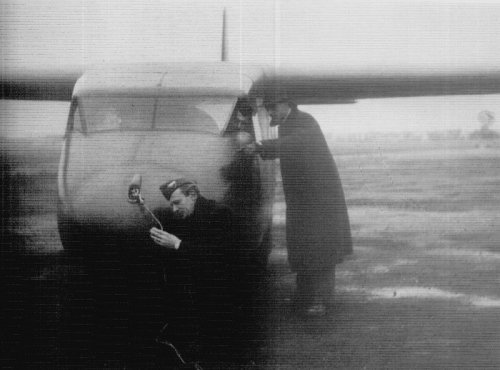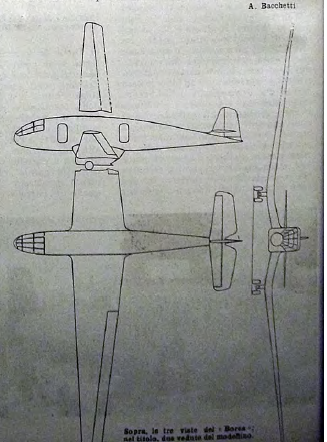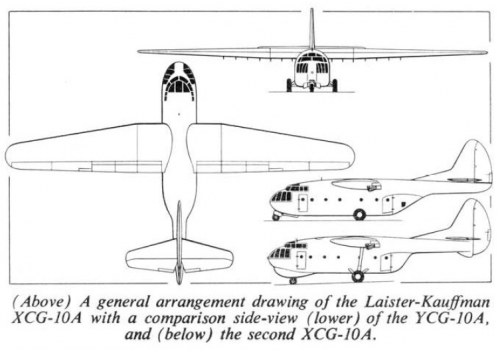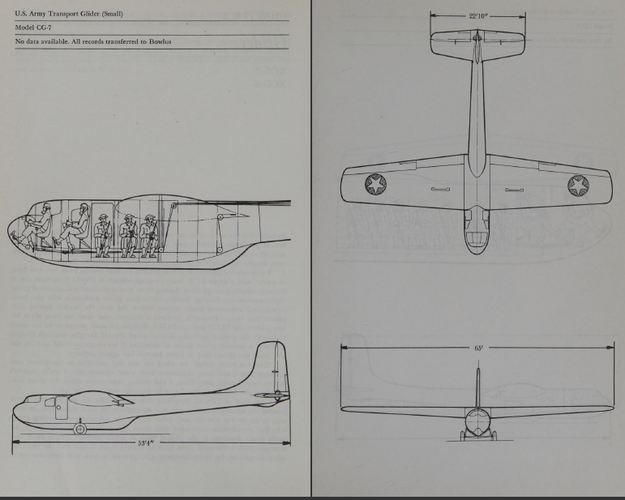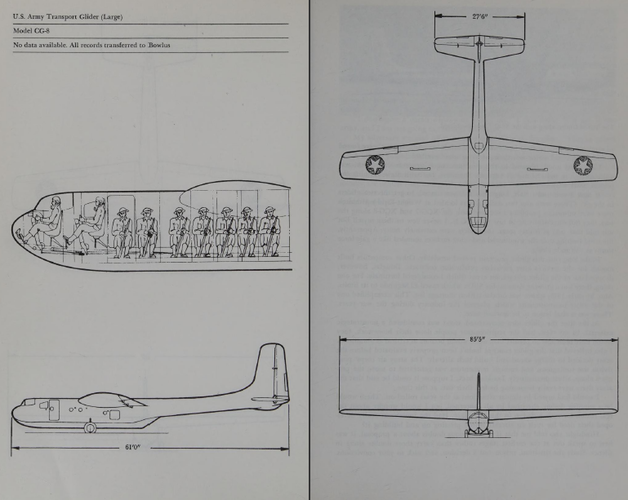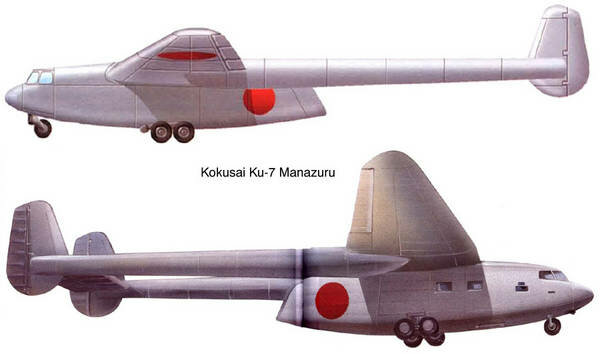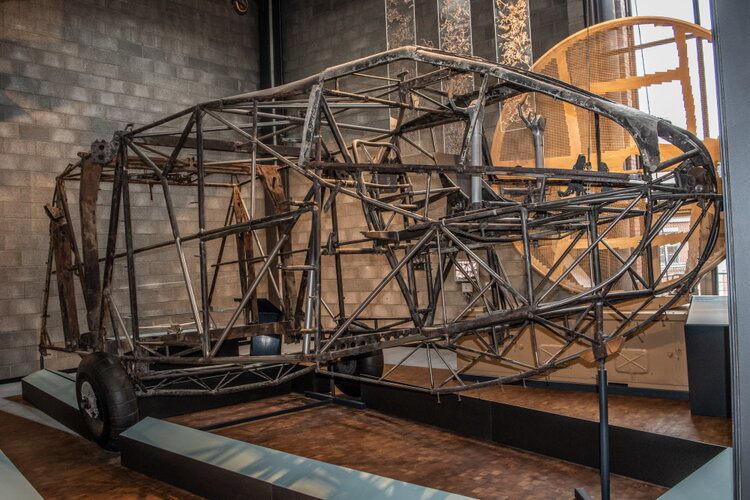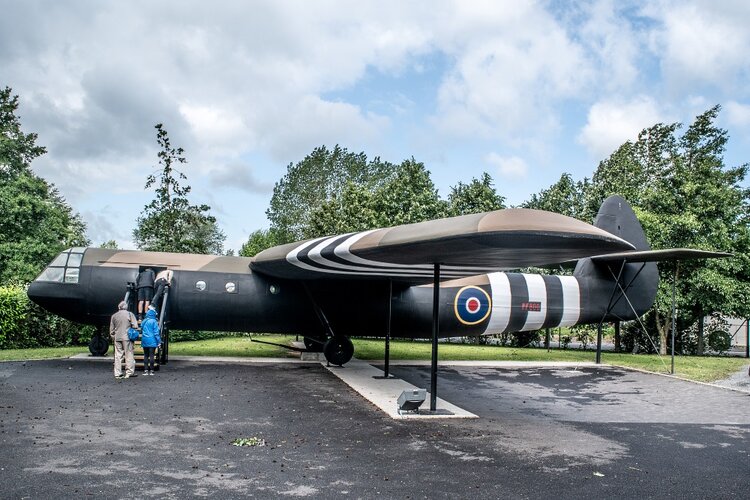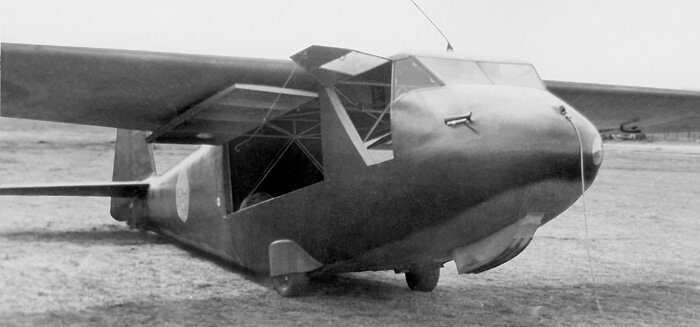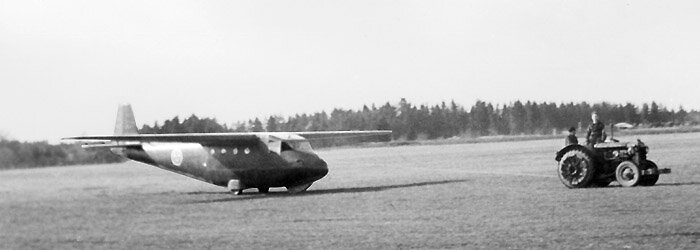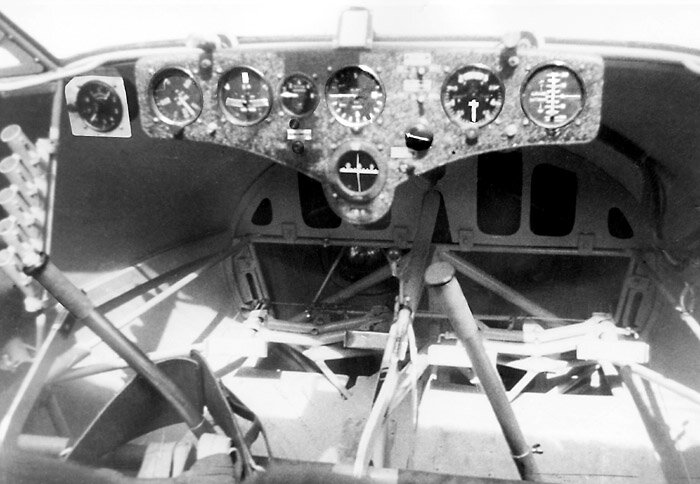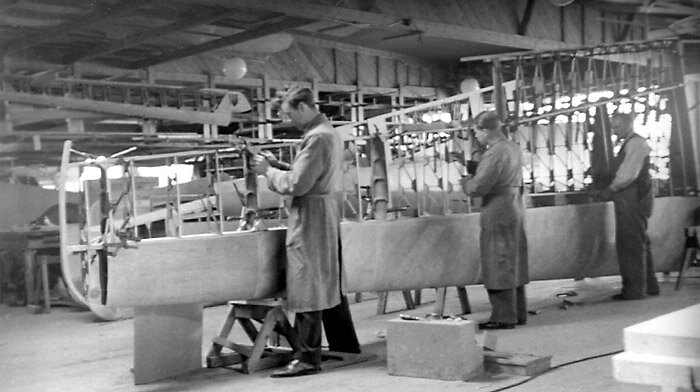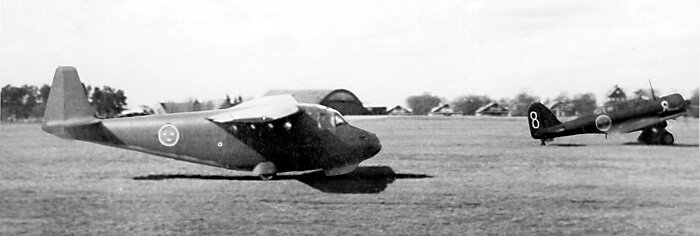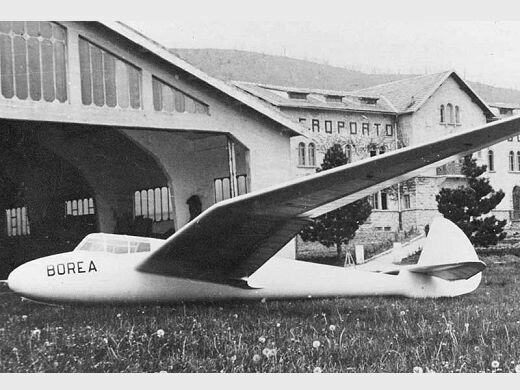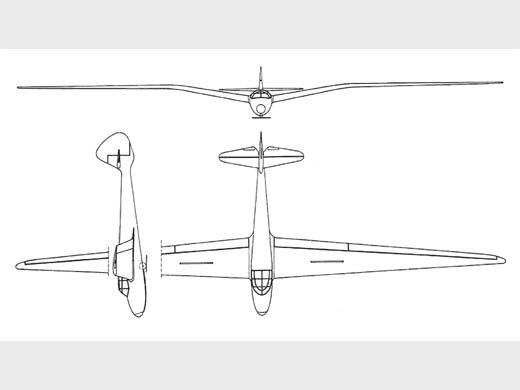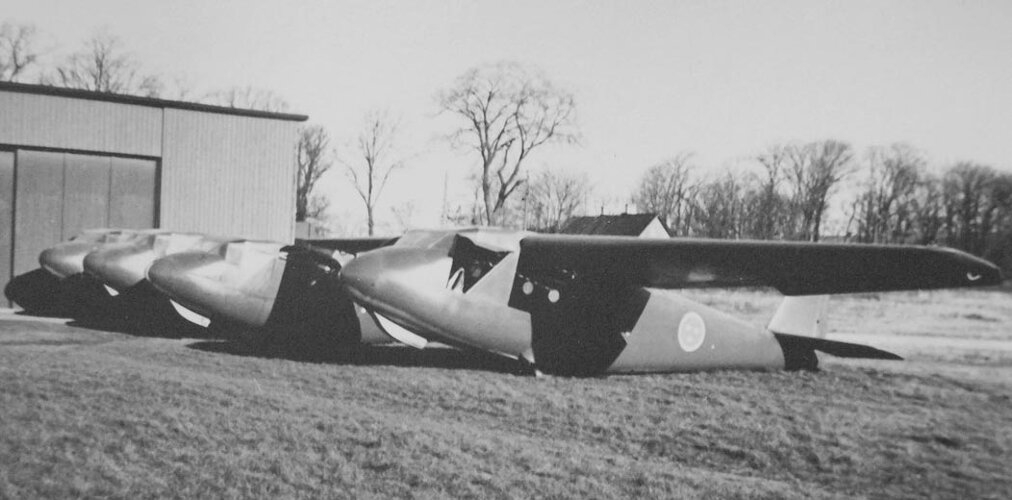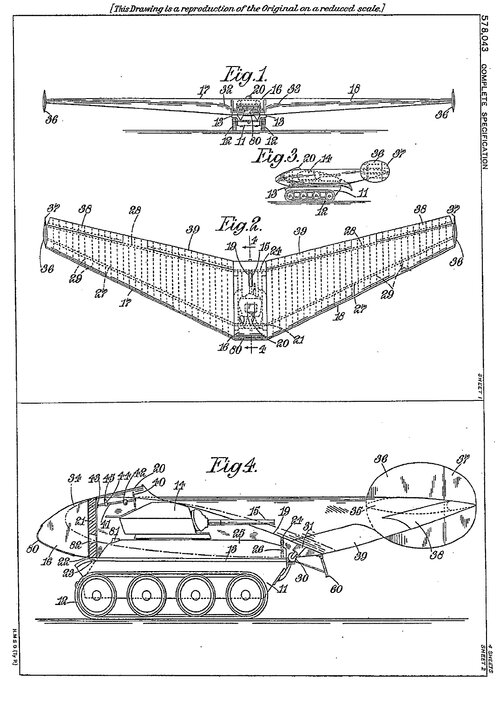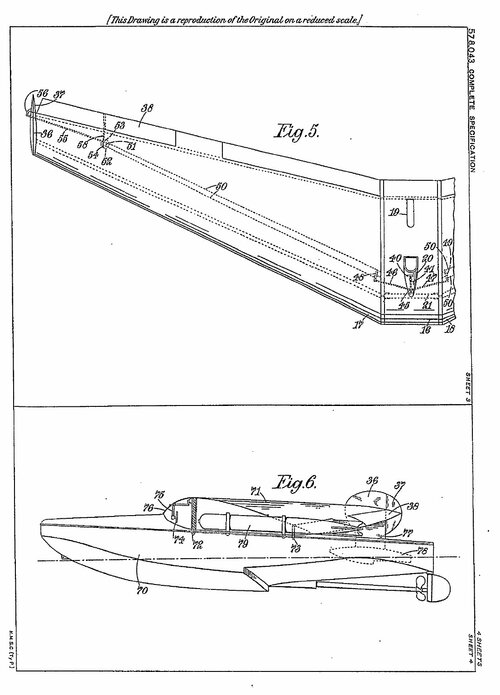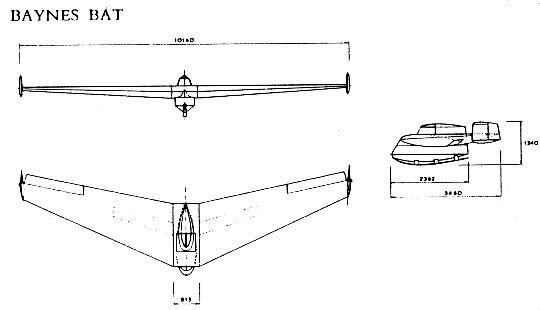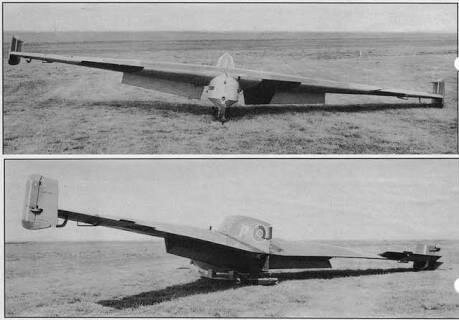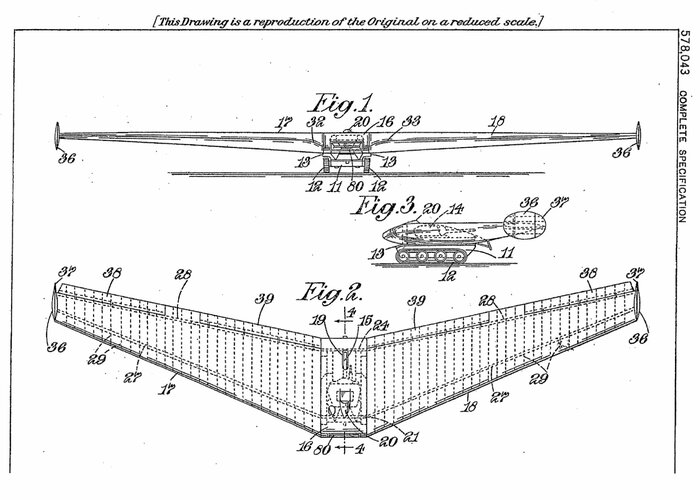From 'Combat Aircraft Designer', pp. -89-94.
"In early I941 the army air corps was examining methods of delivering large numbers of paratroops behind enemy lines. The DC-3s were far and away the most suitable vehicle for this purpose. Demand for the transport exceeded supply, however, despite the collective production efforts of all Douglas divisions.
A proposal for gliders was developed and entailed towing them, two and three at a time, with a single DC-3. Army Air Corps officials at Wright Field went out to industry soliciting competition. Among those who went ahead and conceived glider configurations was Hawley Bowlus, an ardent glider enthusiast who also built streamlined aluminum house trailers before the war. He headed Bowlus Sailplanes, Inc. in San Fernando, received a contract, and drew up basic plans for two gliders, the XCG-7 and the XCG-8. Because his shop proved to be too small to handle the project properly, Bowlus asked Donald Douglas, through Dwight Whiting, a member of the board of directors, if his company could take on the job. Doug was plenty busy at Santa Monica but agreed anyway.
Can you build them?" he asked me one day, referring to the gliders and knowing that I had some experience with wood construction. I really couldn't say no, even though, deep down, I had serious reservations about the glider concept from the beginning. But I said El Segundo would do the job.
I got hold of Clinton Stevenson and briefed him on the situation. Steve headed the structures section and was an engineer of solid reputation. In addi tion to me he was also the only other guy in the 500-strong engineering group who had considerable experience with wood. Using the basic Bowlus design, we made detail drawings of the gliders, both of which featured spruce wood construction with a few steel parts, such as control cable hinges and the like. Another competitor, the Waco Company, got approval to stick with their concept of an economical, tubular-steel framework with fabric covering, but we were forced
to stick with wood which was thought to be more available. Laminated wood, blended in the semimonocoque structure called for, was quite foreign to most of our El Segundo engineers, but with Steve running the project, work began in August 1941.
It took a year and a half, long after the war started, to get the two gliders in the air. (There were also two static gliders located at Wright Field.) Although there were numerous problems associated with the XCG-7 and XCG-8 along the way, they did successfully fly in tow with DC-3s. I never flew in them myself but was told that, odd as it may seem, the gliders were extremely noisy. Apparently, the wind rushing over the windshield and other surfaces sounded like a gale-force storm as you rode along.
In the long run, this glider program proved unwieldy. Other companies built models for the services after receiving production contracts. Douglas, however, dropped out of the glider picture, an event which I considered fortunate."
(My bold.)
Basically, Bowlus designed the general shape of the aircraft, while Heineman's team at Douglas El Segundo Division did the detail design . . .
cheers,
Robin.


